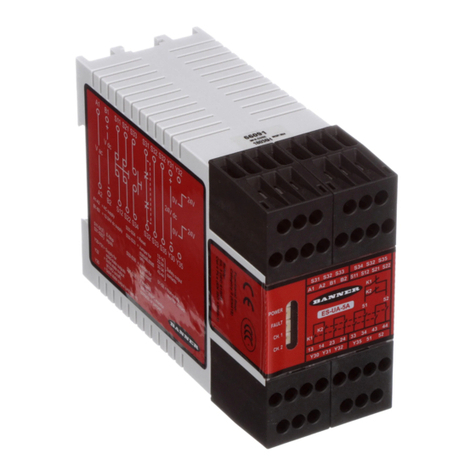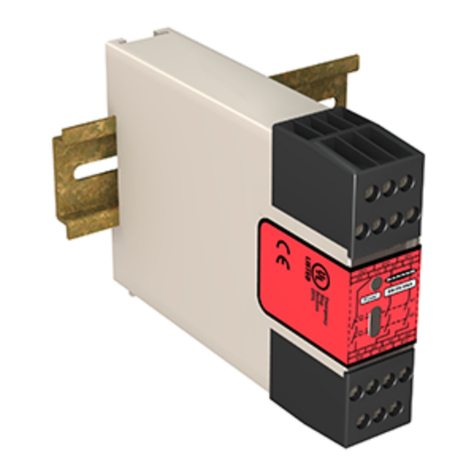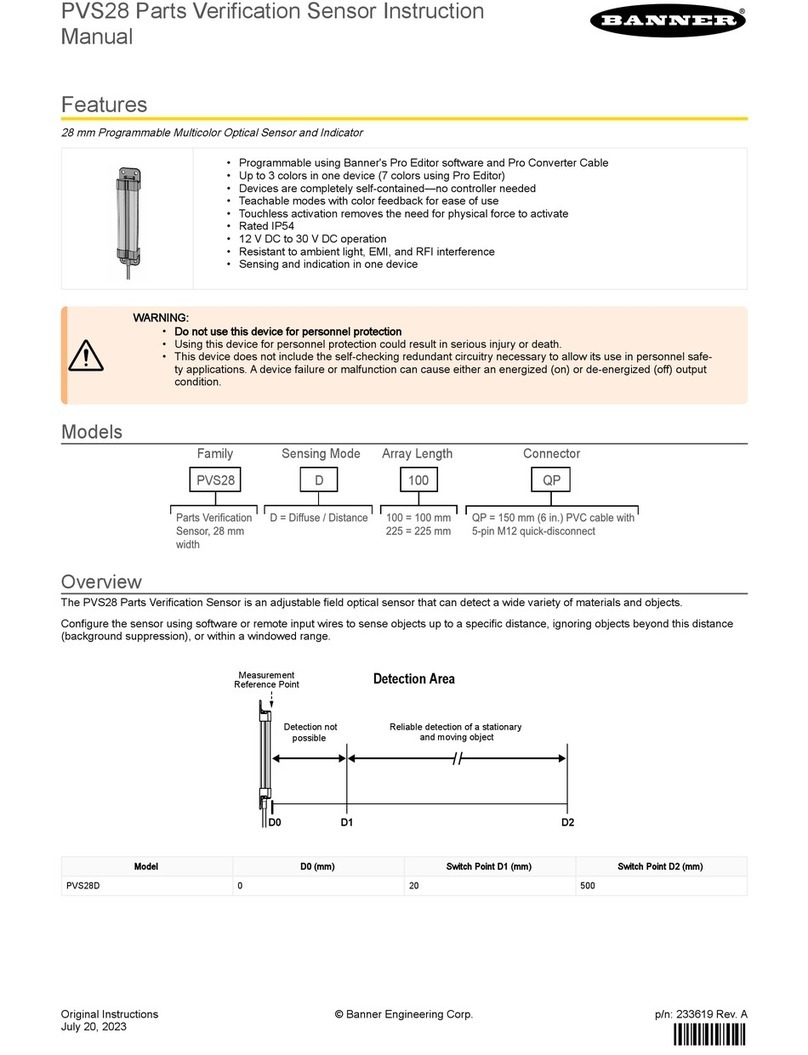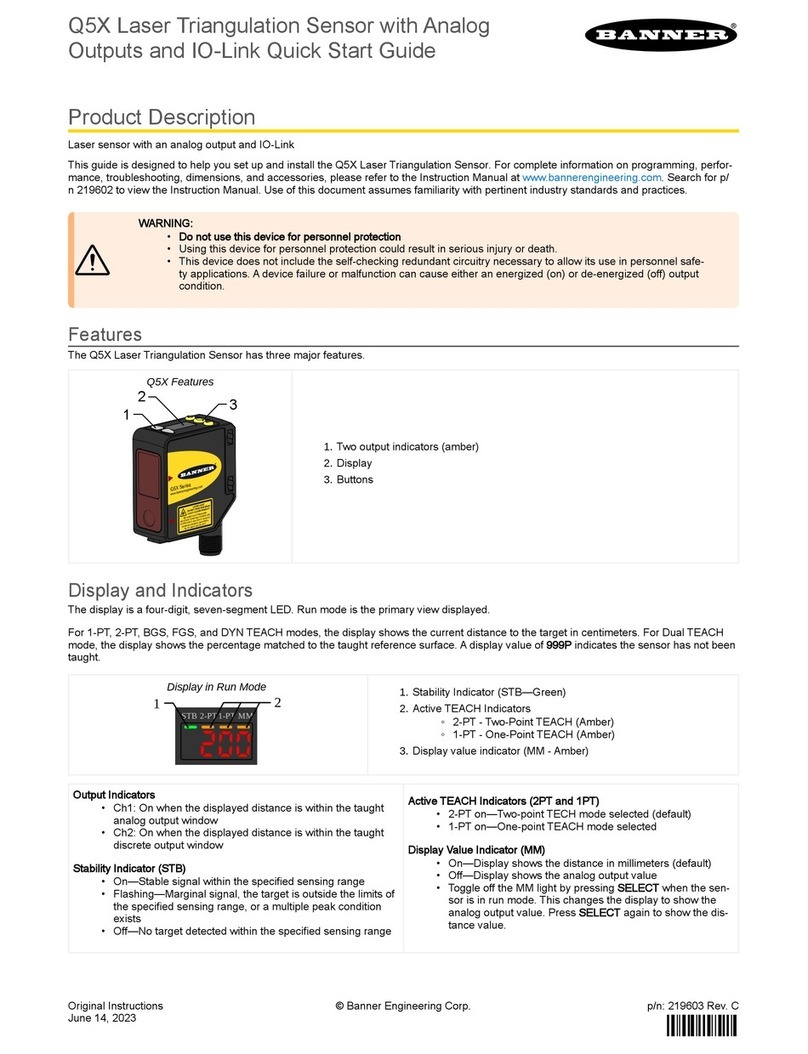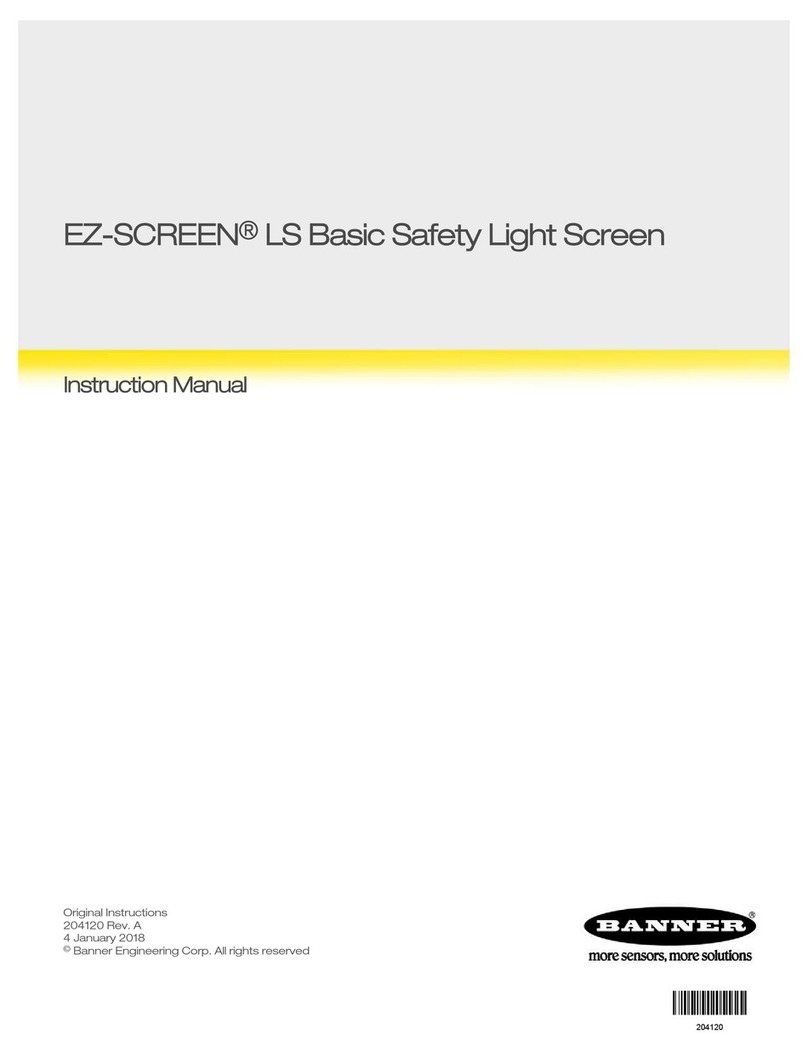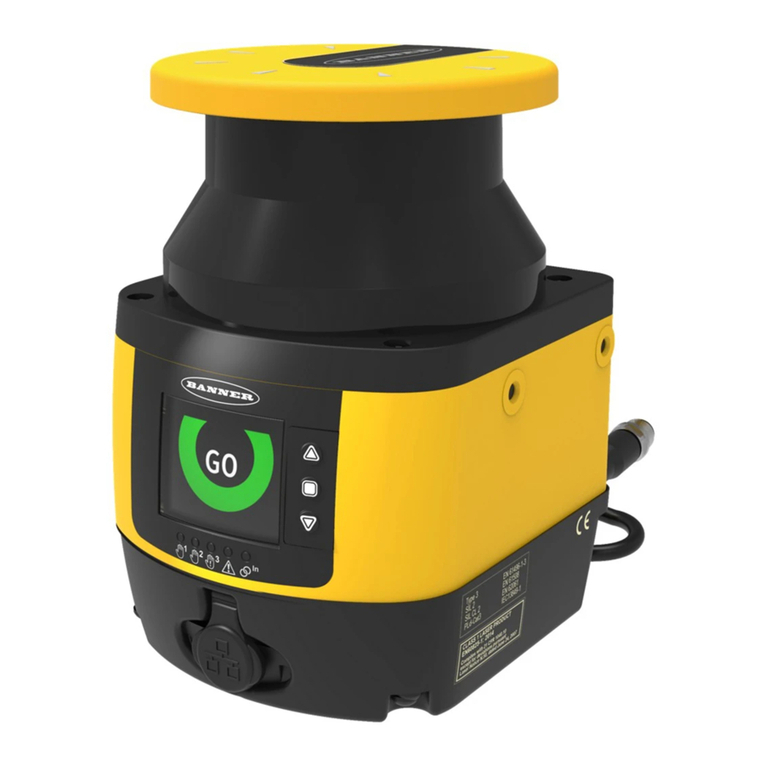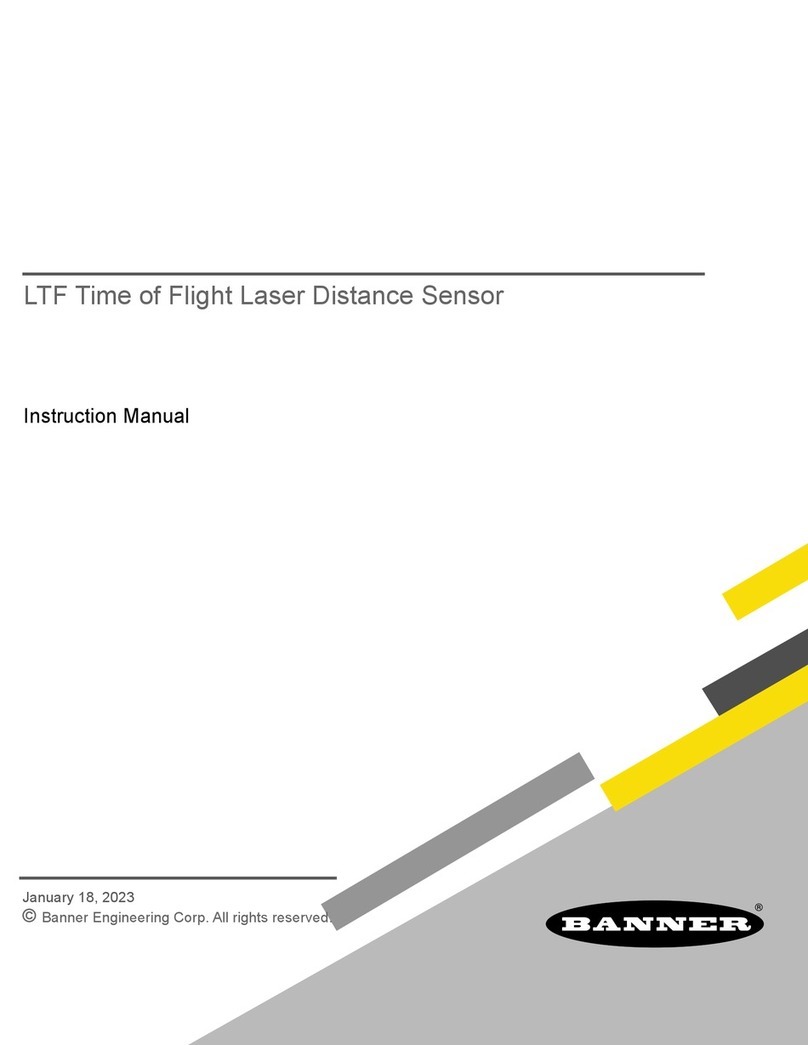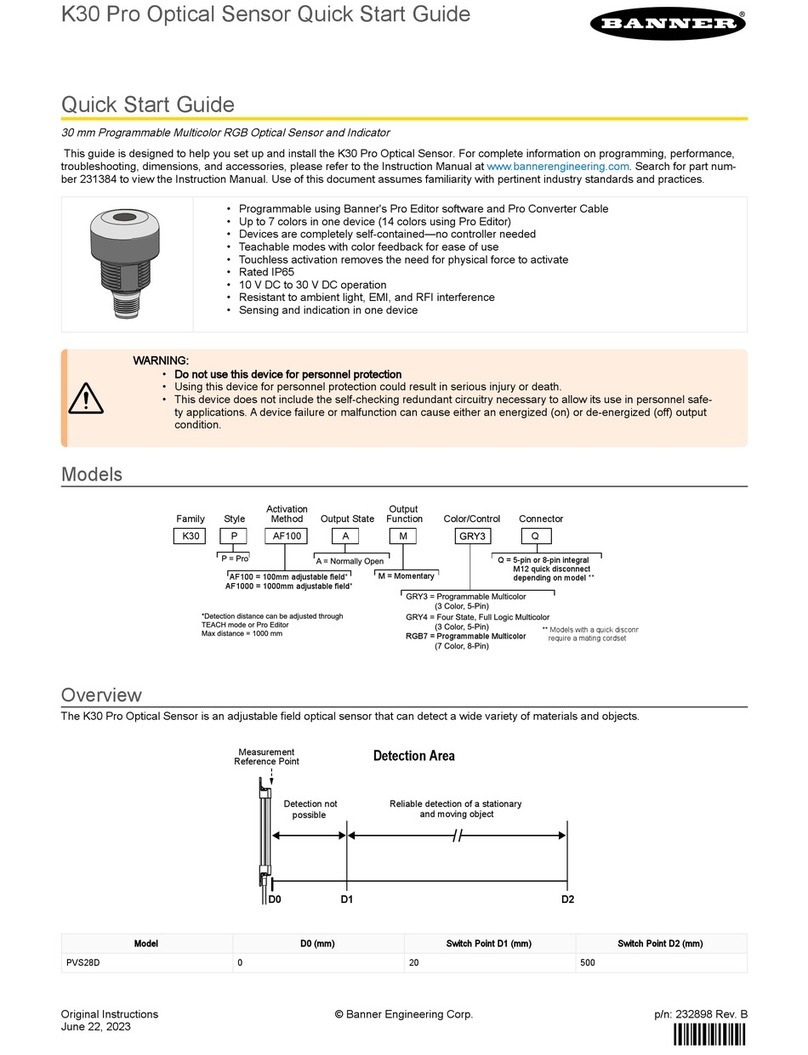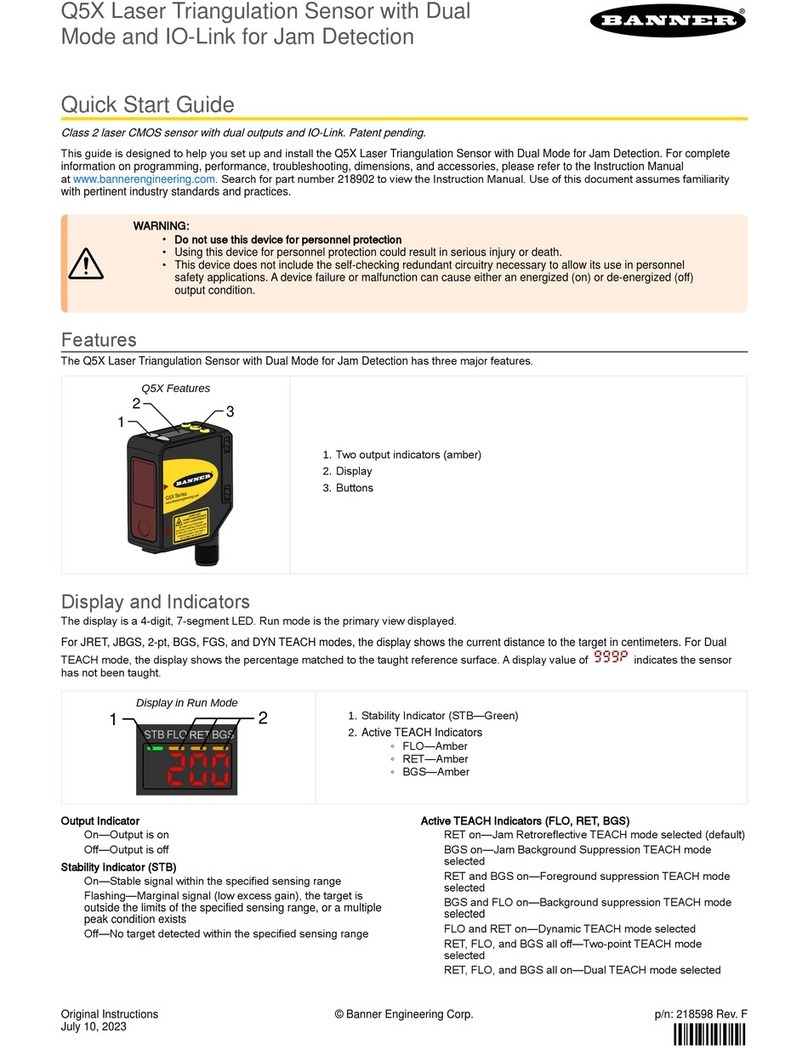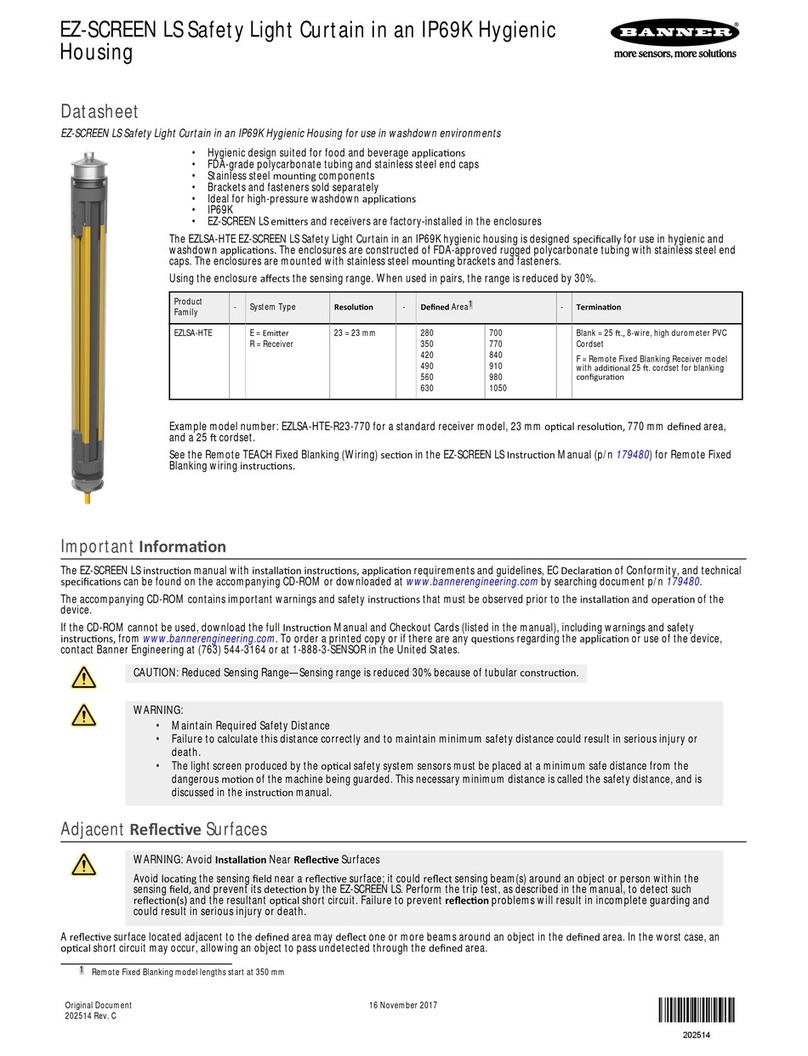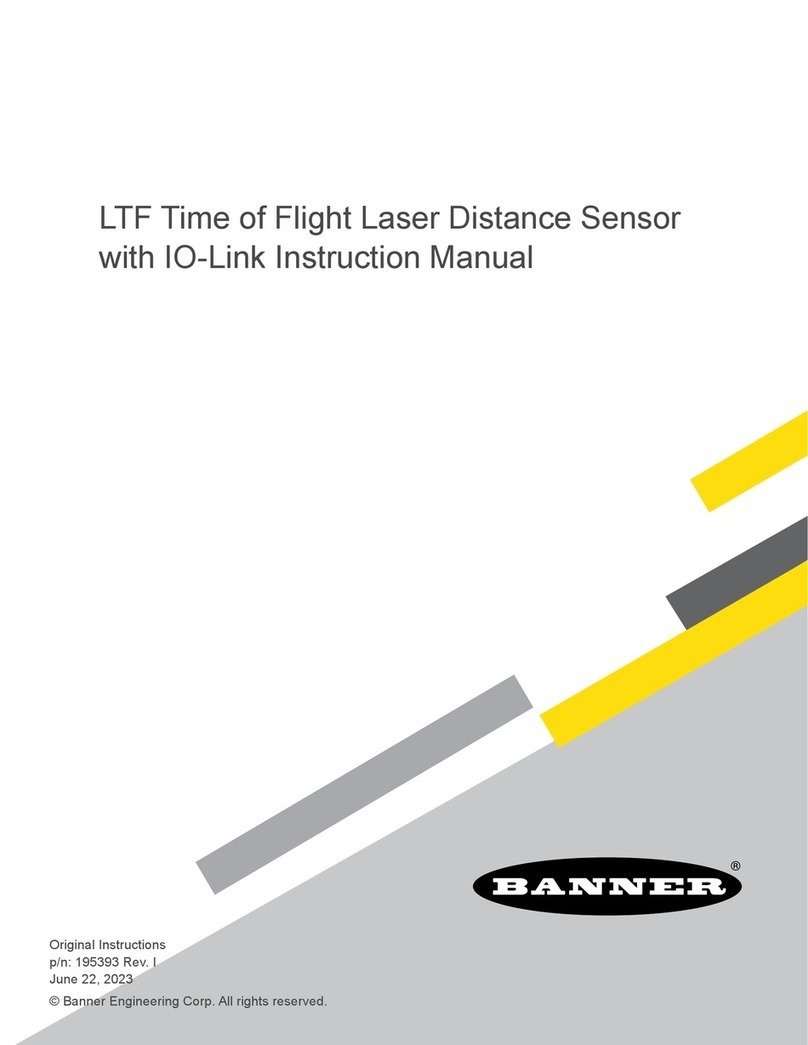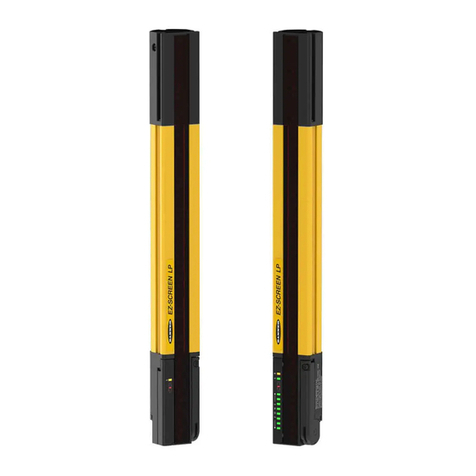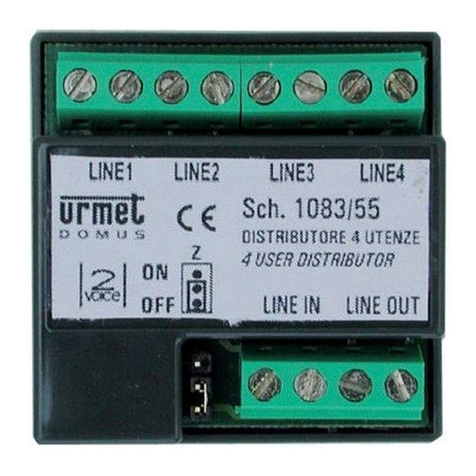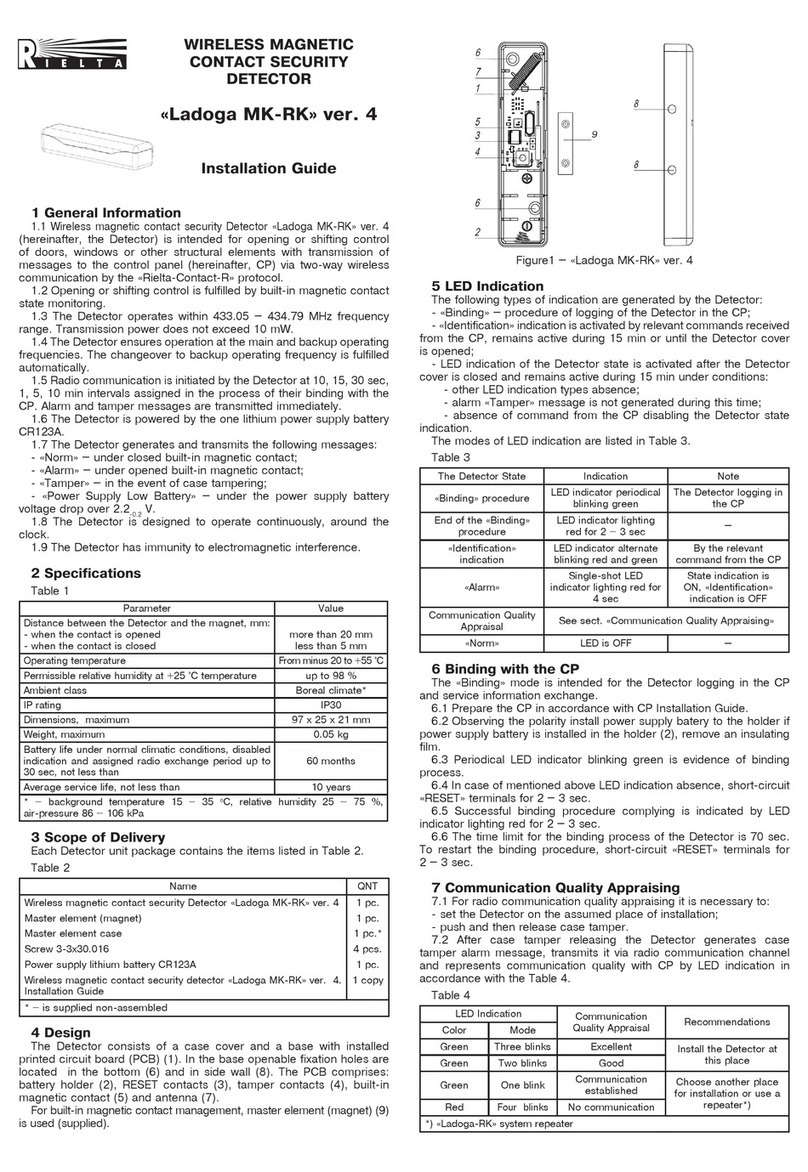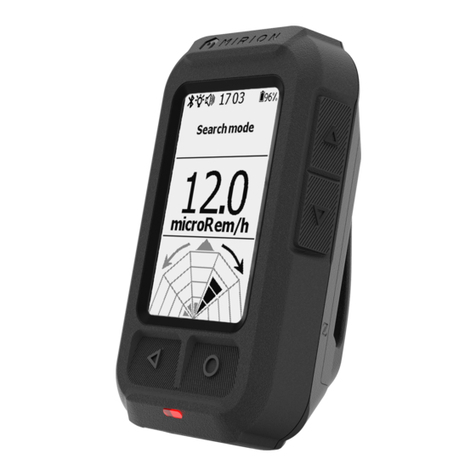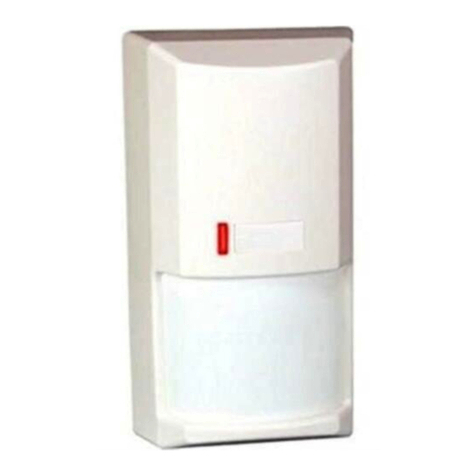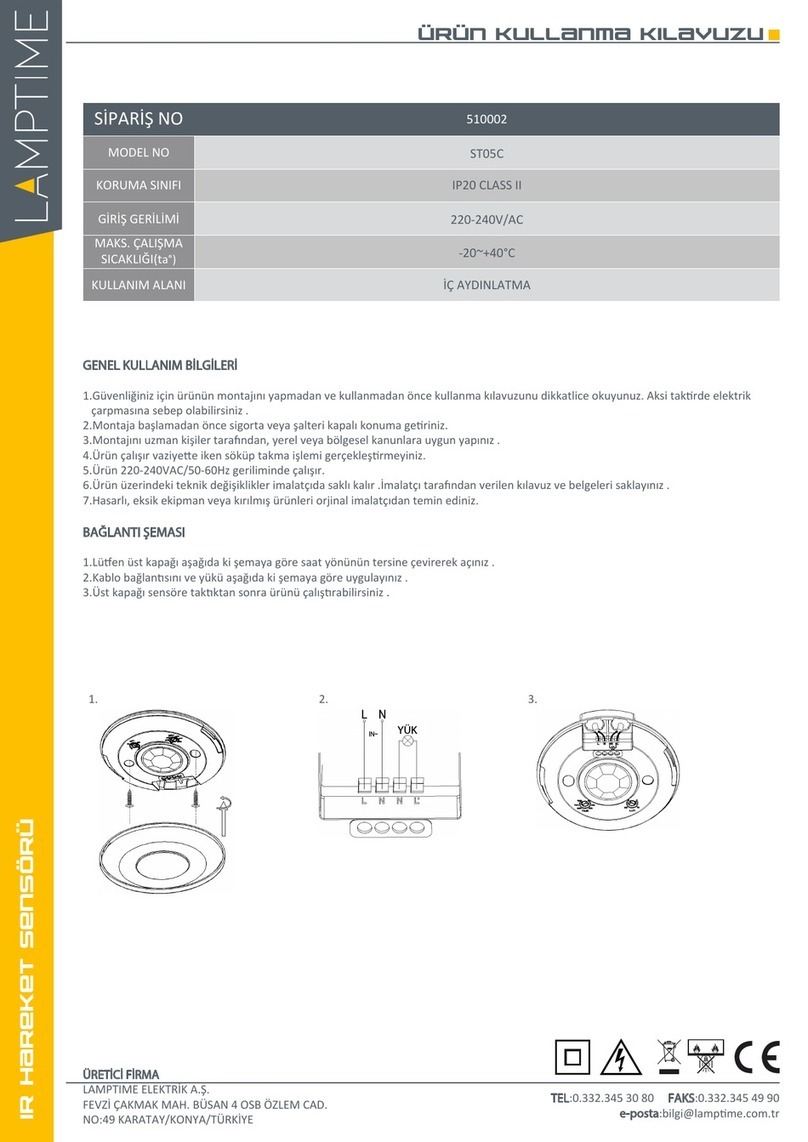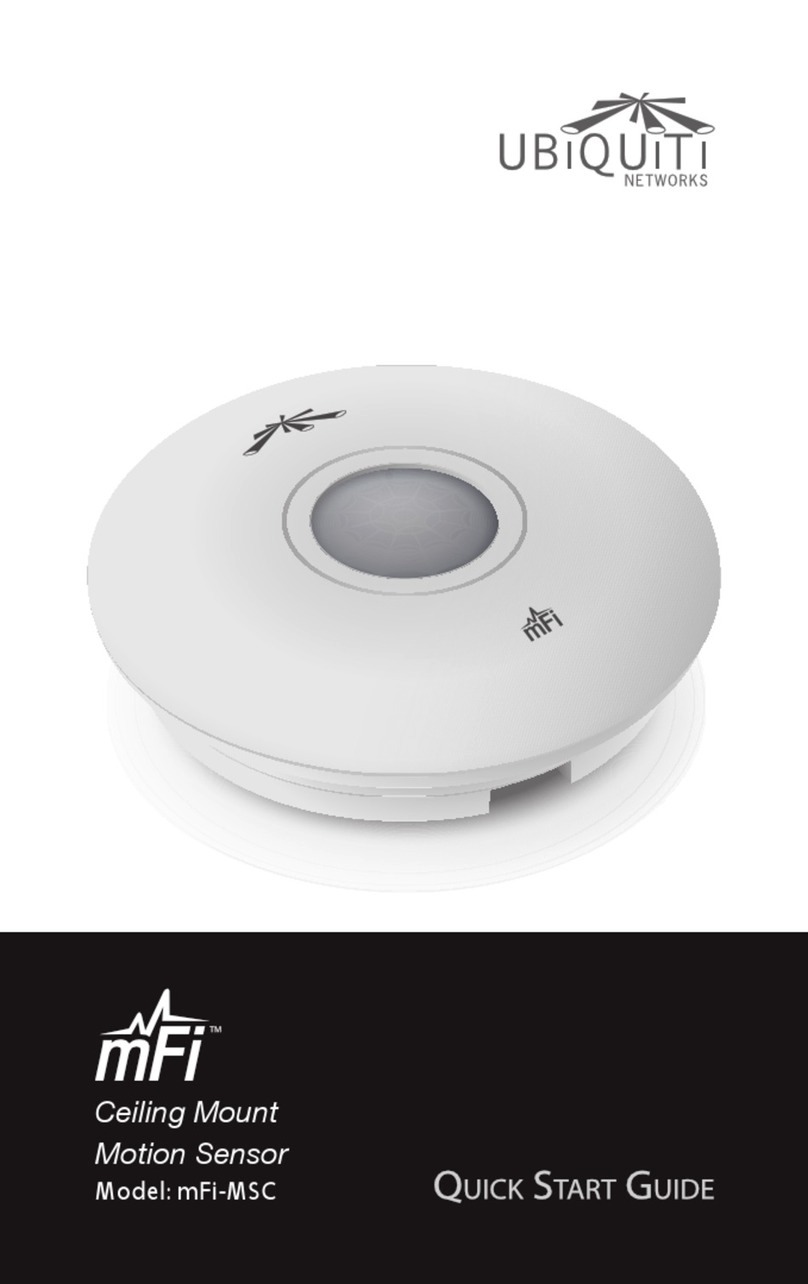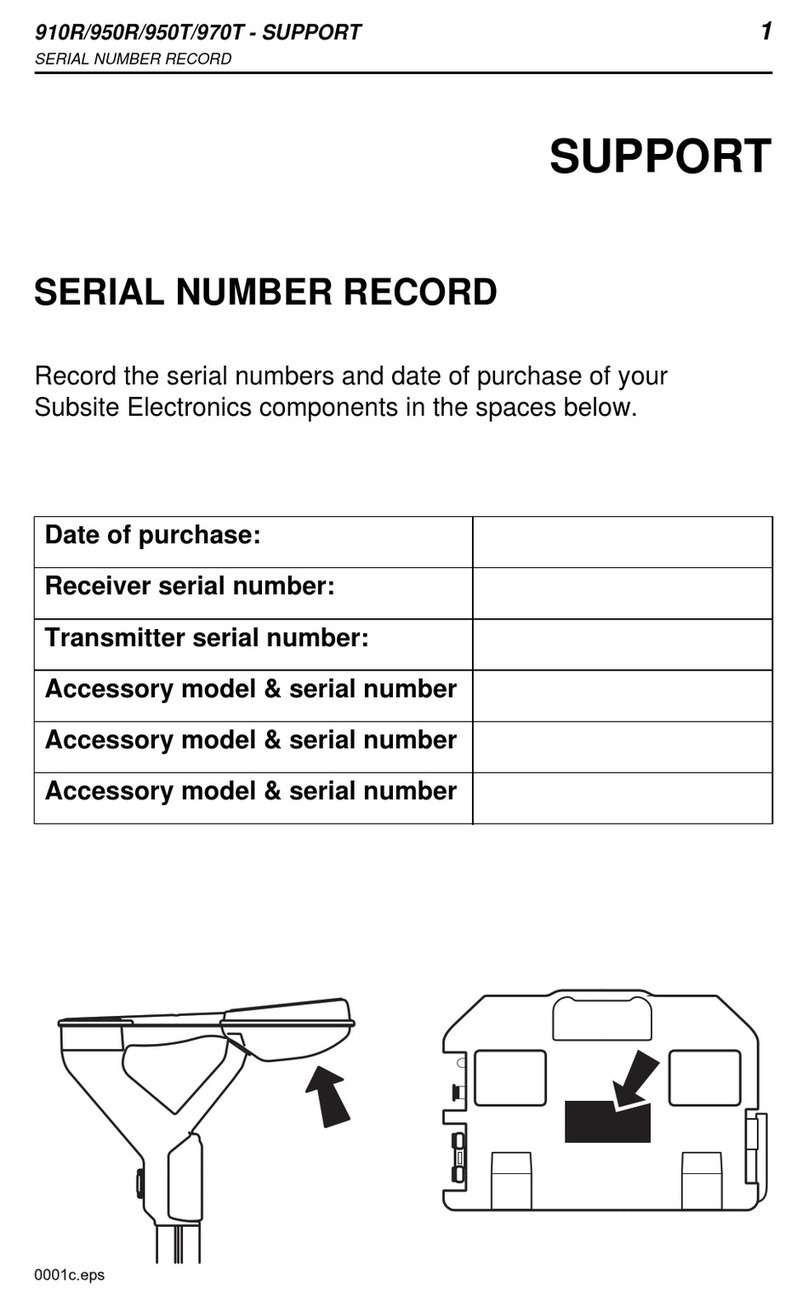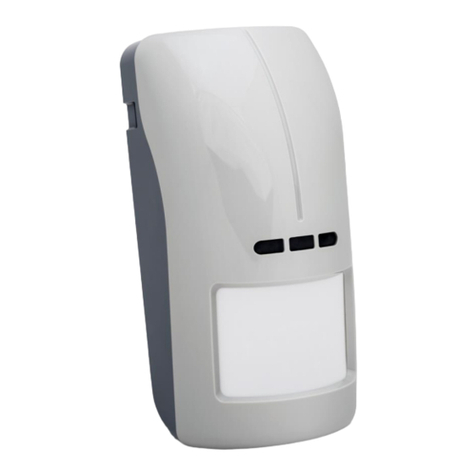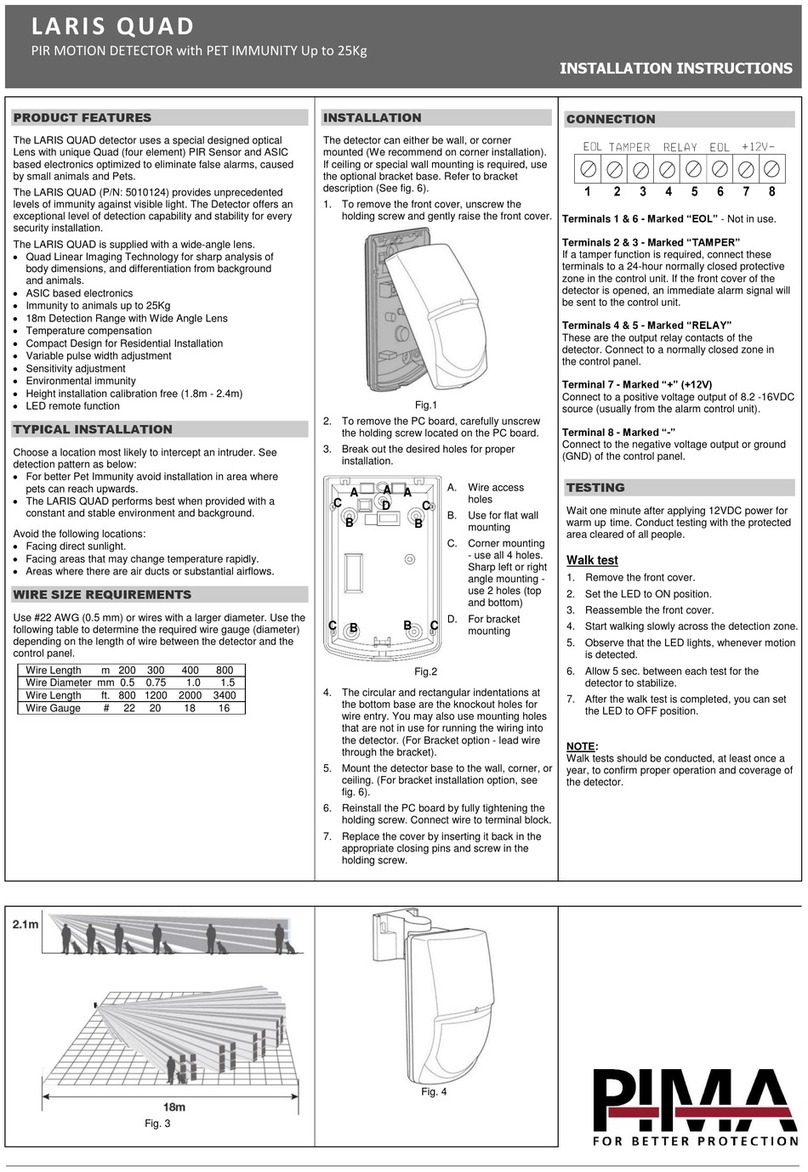
Contents
1 About This Document ......................................................................................................................................................4
1.1 Important . . . Read This Before Proceeding! ......................................................................................................................................... 4
1.1.1 Use of Warnings and Cauons .................................................................................................................................................. 4
1.2 EU Declaraon of Conformity (DoC) ..................................................................................................................................................... 4
1.3 Banner Engineering Corp Limited Warranty ......................................................................................................................................... 4
1.4 Contact Us ............................................................................................................................................................................................. 5
2 Introducon .................................................................................................................................................................... 6
2.1 Features .................................................................................................................................................................................................6
2.2 System Descripon ................................................................................................................................................................................6
2.3 Appropriate Applicaons and Limitaons .............................................................................................................................................7
2.3.1 Examples: Appropriate Applicaons ........................................................................................................................................ 8
2.3.2 Examples: Inappropriate Applicaons ......................................................................................................................................8
2.4 Control Reliability and Safety Categories ...............................................................................................................................................8
2.5 Operang Features ................................................................................................................................................................................ 9
2.5.1 Trip/Latch Output .....................................................................................................................................................................9
2.5.2 Wiring Opons for Emier/Receiver Swapability .................................................................................................................... 9
2.5.3 Manual Reset/Remote Test Input and EDM ...........................................................................................................................10
2.5.4 Status Indicators .....................................................................................................................................................................10
3 Mechanical Installaon .................................................................................................................................................. 11
3.1 Mechanical Installaon Consideraons .............................................................................................................................................. 11
3.1.1 Calculang the Safety Distance (Minimum Distance) ............................................................................................................. 11
3.1.2 Reducing or Eliminang Pass-Through Hazards ..................................................................................................................... 14
3.1.3 Supplemental Safeguarding ................................................................................................................................................... 15
3.1.4 Other Consideraons .............................................................................................................................................................. 15
3.2 Mounng System Components ............................................................................................................................................................19
3.2.1 Overview of Emier/Receiver Mounng Hardware ............................................................................................................... 19
3.2.2 Mounng and Inial Alignment of Emier/Receiver Pairs ..................................................................................................... 20
4 Electrical Installaon and Tesng ................................................................................................................................... 23
4.1 Roung Cordsets .................................................................................................................................................................................. 23
4.2 Inial Electrical Connecons ............................................................................................................................................................... 23
4.2.1 Sensor Interchangeability .......................................................................................................................................................24
4.3 Inial Checkout Procedure ...................................................................................................................................................................25
4.3.1 Conguring the System for Inial Checkout ...........................................................................................................................25
4.3.2 Inial Power-Up ......................................................................................................................................................................25
4.3.3 Opcal Alignment ...................................................................................................................................................................26
4.3.4 Opcal Alignment Procedure with Mirrors ............................................................................................................................ 28
4.3.5 Trip Test ..................................................................................................................................................................................28
4.4 Electrical Connecons to the Guarded Machine .................................................................................................................................29
4.4.1 OSSD Output Connecons ......................................................................................................................................................29
4.4.2 FSD Interfacing Connecons .................................................................................................................................................. 30
4.4.3 Machine Primary Control Elements and EDM Input ............................................................................................................... 31
4.4.4 Manual Reset/Remote Test Input and EDM ...........................................................................................................................31
4.4.5 Preparing for System Operaon .............................................................................................................................................32
4.5 Reference Wiring Diagrams ..................................................................................................................................................................32
4.5.1 Generic Emier Wiring Diagram ............................................................................................................................................ 32
4.5.2 Generic Wiring to FSDs (manual reset) .................................................................................................................................. 33
4.5.3 Generic Wiring — Interface Module (2-Channel EDM, Manual Reset) ..................................................................................34
5 System Operaon ..........................................................................................................................................................35
5.1 Security Protocol ................................................................................................................................................................................. 35
5.2 Reset Procedures ................................................................................................................................................................................ 35
5.2.1 Receiver Resets ...................................................................................................................................................................... 35
5.2.2 Emier Resets ........................................................................................................................................................................ 35
5.3 Status Indicators ..................................................................................................................................................................................35
5.3.1 Receiver ..................................................................................................................................................................................36
5.3.2 Emier ....................................................................................................................................................................................36
5.4 Normal Operaon ............................................................................................................................................................................... 37
5.4.1 System Power-Up ...................................................................................................................................................................37
5.4.2 Run Mode ...............................................................................................................................................................................37
5.4.3 Manual Reset Procedure ........................................................................................................................................................37
6 Troubleshoong and Maintenance ................................................................................................................................38
6.1 Troubleshoong and Lockout Condions ........................................................................................................................................... 38
6.2 Recovery Procedures ...........................................................................................................................................................................38
6.2.1 Receiver (System Reset) .........................................................................................................................................................38
EZ-SCREEN®Type 2 Light Screen



